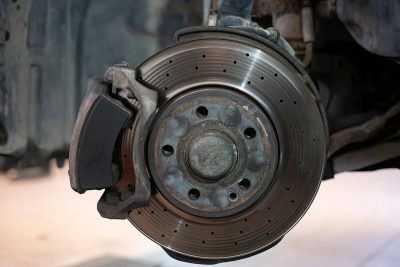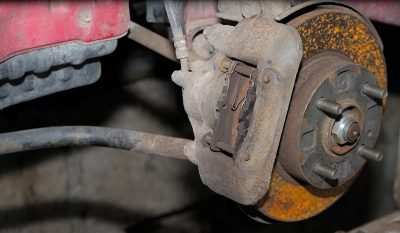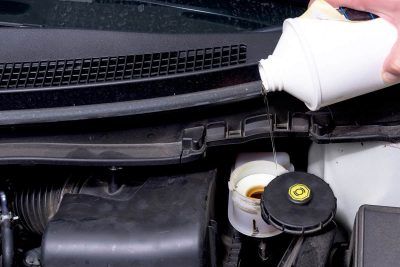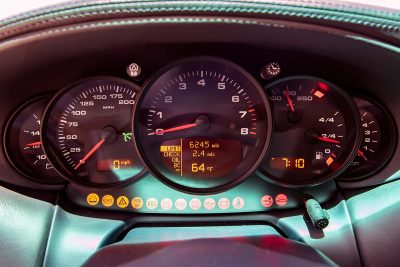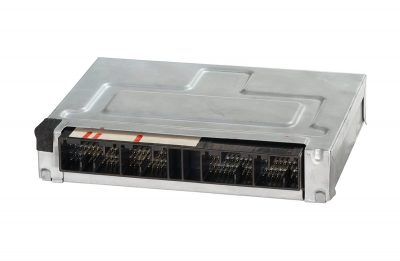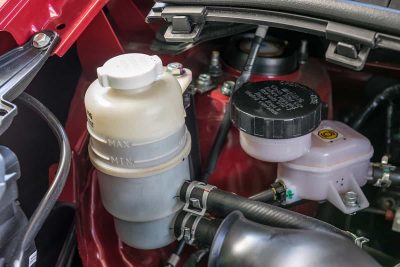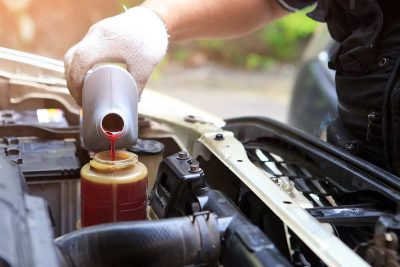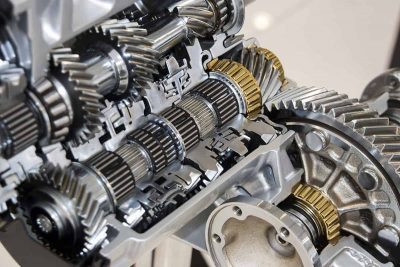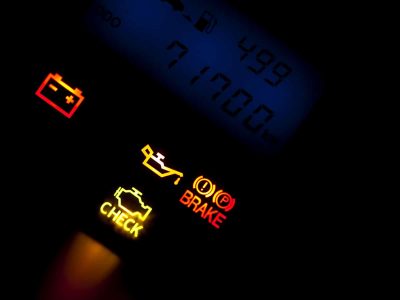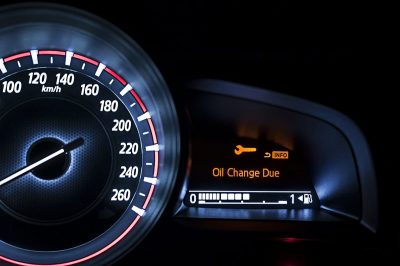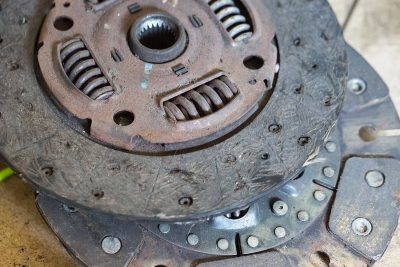Brake fluid plays a crucial role in your vehicle’s safety, making sure your brakes work properly every time you step on the pedal. However, sometimes things can go wrong, like brake fluid leaking from the caliper.
Brake lines carry vital fluid to the brakes, allowing your car to slow down or stop. However, like everything else in your car, they can get damaged or fail over time. Recognizing the signs early can prevent accidents and costly repairs, helping to keep you safe on the road.
Brake fluid is a type of hydraulic fluid that transfers the force you apply on the brake pedal to the brake system of your vehicle. When you press the brake pedal, this fluid moves through the brake lines, activating the brakes and slowing your car down.
Engine stalling happens when your car’s engine stops running, often unexpectedly. This can be due to a variety of reasons, including issues with the fuel system, air intake, or even the engine’s computer. Not only can stalling be a nuisance, but it can also be dangerous, especially if it occurs while you’re driving.
Imagine you’re driving, enjoying your favorite tunes, and suddenly all the warning lights on your dashboard come to life. Dashboard warning lights are designed to inform you about your vehicle’s performance and potential issues, but when they all come on at once, it’s hard to know where to start.
The Engine Control Module (ECM controls various functions, like fuel mixture, ignition timing, and emissions controls. For one reason or another, the ECM can fail, leading to several issues in your car’s operation.
Power steering fluid makes steering your car easier. It’s part of a system that helps turn the car’s wheels smoothly. Transmission fluid is used in the transmission system where it lubricates gears and keeps them from overheating. Power steering fluid and transmission fluid are not the same and should not be used interchangeably.
The ideal time to change transmission fluid is typically every 30,000 to 60,000 miles or every 2 to 4 years. But always check your car’s manual for the manufacturer’s recommendation.
Automatic transmissions let your car switch gears without you having to do it manually, so you can enjoy your drive without worrying about when to shift gears. Whether you’ve driven a car or not, you might have heard people talk about “manual” and “automatic” cars. In automatic ones, the transmission does a big job!
In this article, we’re going to dive into the world of automatic transmissions
When both the brake light and battery light are on, it indicates that there might be simultaneous issues with your braking system and your vehicle’s electrical charging system. This situation requires immediate attention to avoid further complications.
Service brake assist is a safety feature that detects when a driver needs to make an emergency stop and automatically applies maximum braking force, helping the vehicle stop in a shorter distance.
The clutch ensures a smooth ride, but sometimes, it can start to ‘slip’ or fail to properly deliver the engine’s power. This can lead to a variety of issues, making driving difficult and potentially damaging other parts of your vehicle. Car owners should be able to recognize when the clutch is slipping so they can address the issue before it gets worse.
